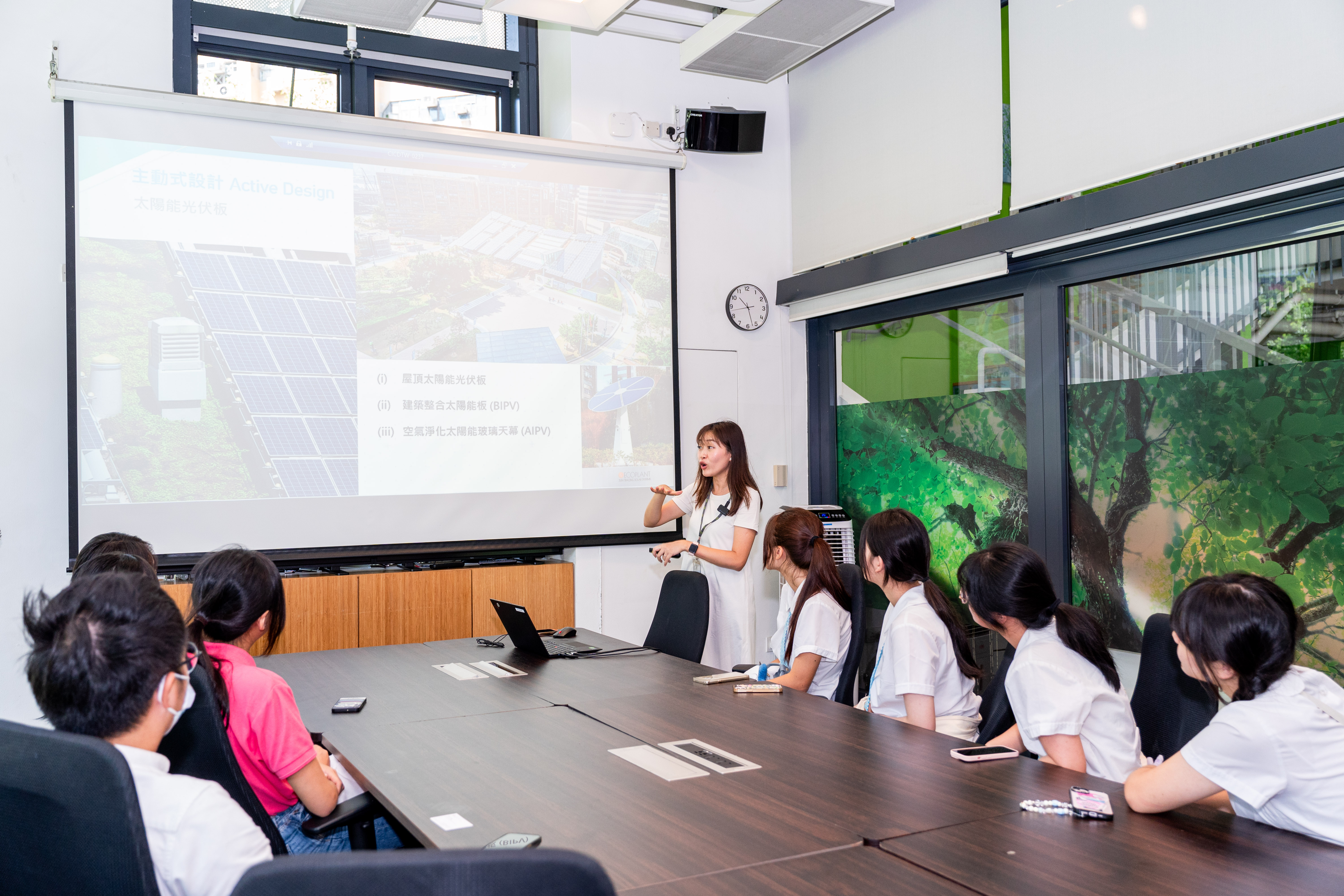

CIC-Zero Carbon Park (CIC-ZCP) has been at the forefront of the city’s efforts to achieve carbon neutrality and promote sustainable construction practices. To lead the industry in moving towards a more sustainable and zero-carbon future, CIC-ZCP strives to create a dynamic and engaging platform through continued education and public outreach initiatives, hopefully to inspire the next generations to contribute towards a greener, more resilient, and sustainable city.
In 2024, CIC-ZCP initiated an outreach programme to promote the zero carbon concept to the community. In collaboration with The Hongkong Electric Company Limited (HK Electric), Kum Shing Group, Chinese University of Hong Kong School of Architecture, The Hong Kong Polytechnic University Jockey Club Design Institute for Social Innovation, along with three primary and secondary schools to be the project partners. Through revitalisation of abandoned pylons in rural area, the sustainable development concept could be brought forward to the wider public, and allowing the boundless creativity of the next generation manifest in their revitalised pylon designs.
HK Electric has been sustaining Hong Kong Island’s electricity supply for decades. In earlier years, electricity transmission is relied on the pylons. However, the electricity transmission method has now been moved to underground electrical cables. Hence, the pylons in the rural area were gradually phased out. HK Electric then commissioned Kum Shing Group for the dismantling of these pylons, concluding the history of overhead electricity transmission on Hong Kong Island.
CIC-ZCP hopes to revitalise these abandoned pylons, and transform them into Eco Pylons to extend its life cycle, and turn them into practical and sustainable installations, whilst achieving the goal of preservation. The programme invited students from three primary and secondary school , aiming to create nuanced design solutions from students’ different perspectives, and serve as blueprints for future construction of these Eco Pylons.
This programme begins with a briefing session at CIC-ZCP, and encompasses a wide range of site visits and workshops, which inspiring students the concept of energy saving and decarbonisation, recycle, and sustainable development. CIC-ZCP and other supporting organisations then introduce to students how the pylons’ existing materials, combined with other sustainable building elements, could upgrade into the form of resting areas for hikers and tourists, which achieving efficient usage of resources, and hence promoting sustainable development.


During the site visit, student toured the selected abandoned pylon at Aberdeen Country Park, and understand about the history of the pylons, the surrounding areas and the pedestrian traffic, in order to create rudimentary designs for the Eco Pylons. The subsequent workshops would also offer students insights from the fundamental structure, case study and solutions.

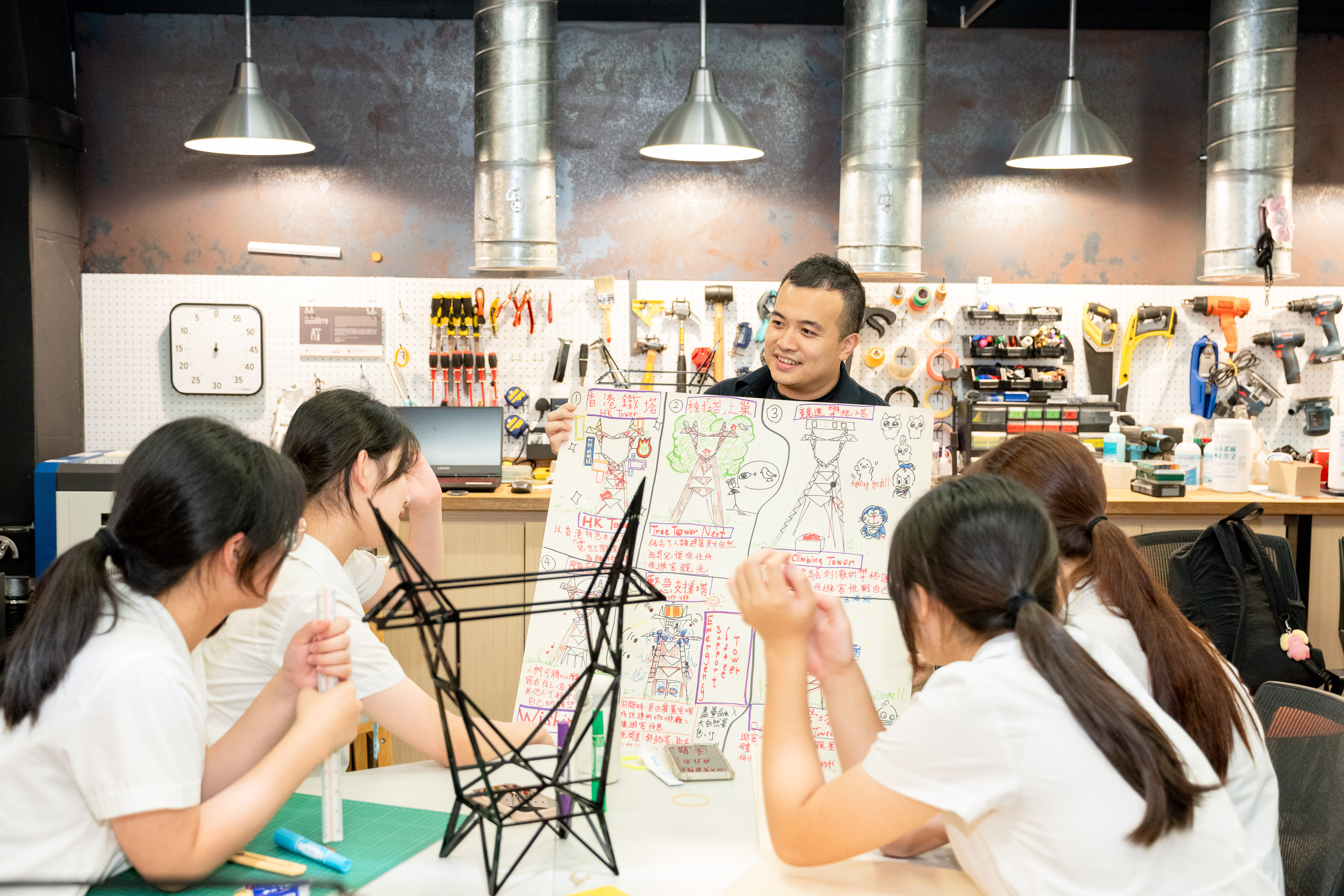
The students were also invited to join the construction industry annual signature event “Construction Month 2024”, where they shared their design concepts with industry stakeholders. Students from HKFYG Lee Shau Kee Primary School proposed a “Twin-Light Tower” and the “Iron Dragon,” combining catering and outdoor recreational functionalities into one unique pylon design. Student from Good Hope School proposed transforming the vacant space into art galleries and workshops, turning the pylon into a chic spot for social media posts for the trendy youth. Whereas students from St. Teresa Secondary School designed a café for outdoor camping equipped with solar power.
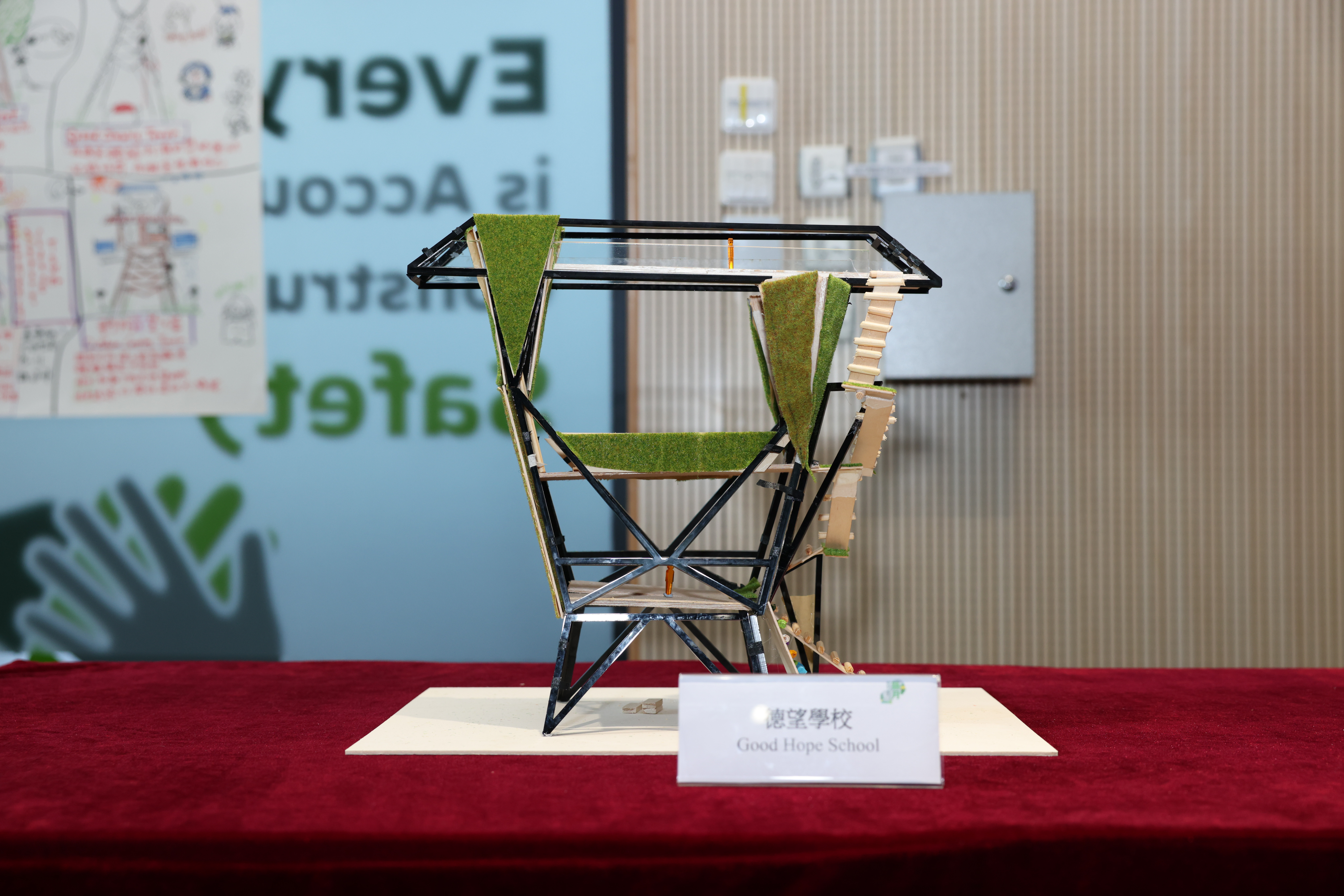
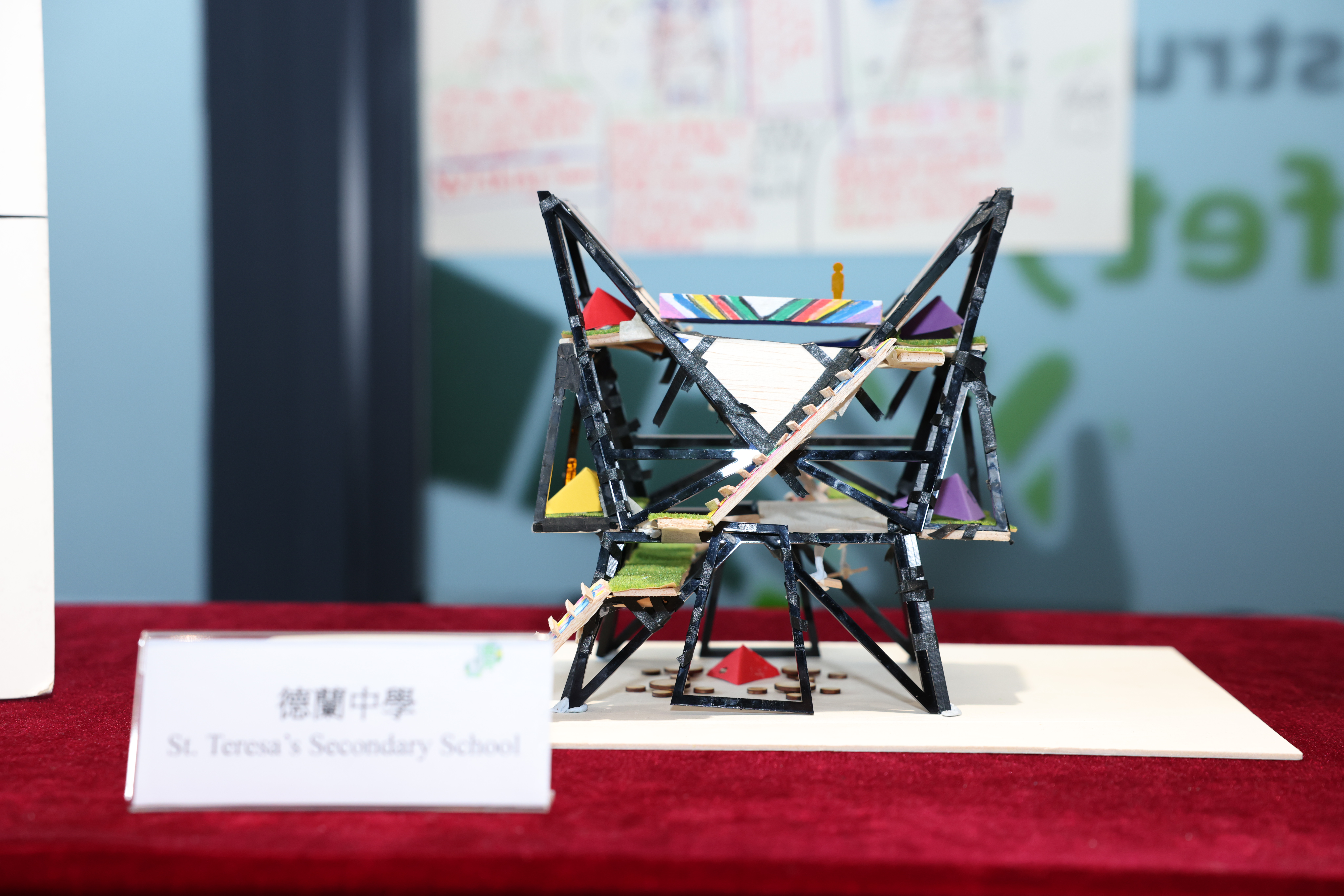
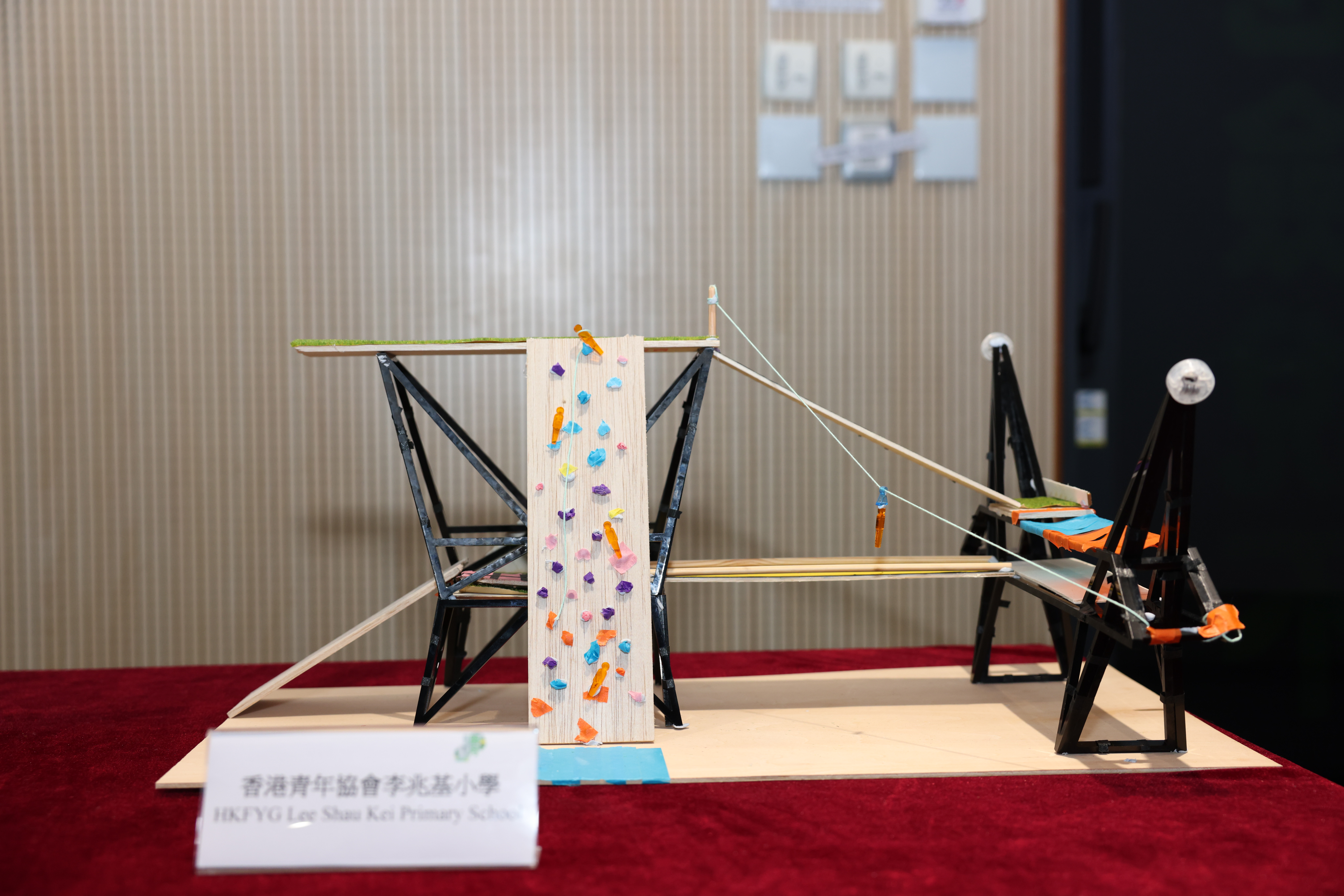
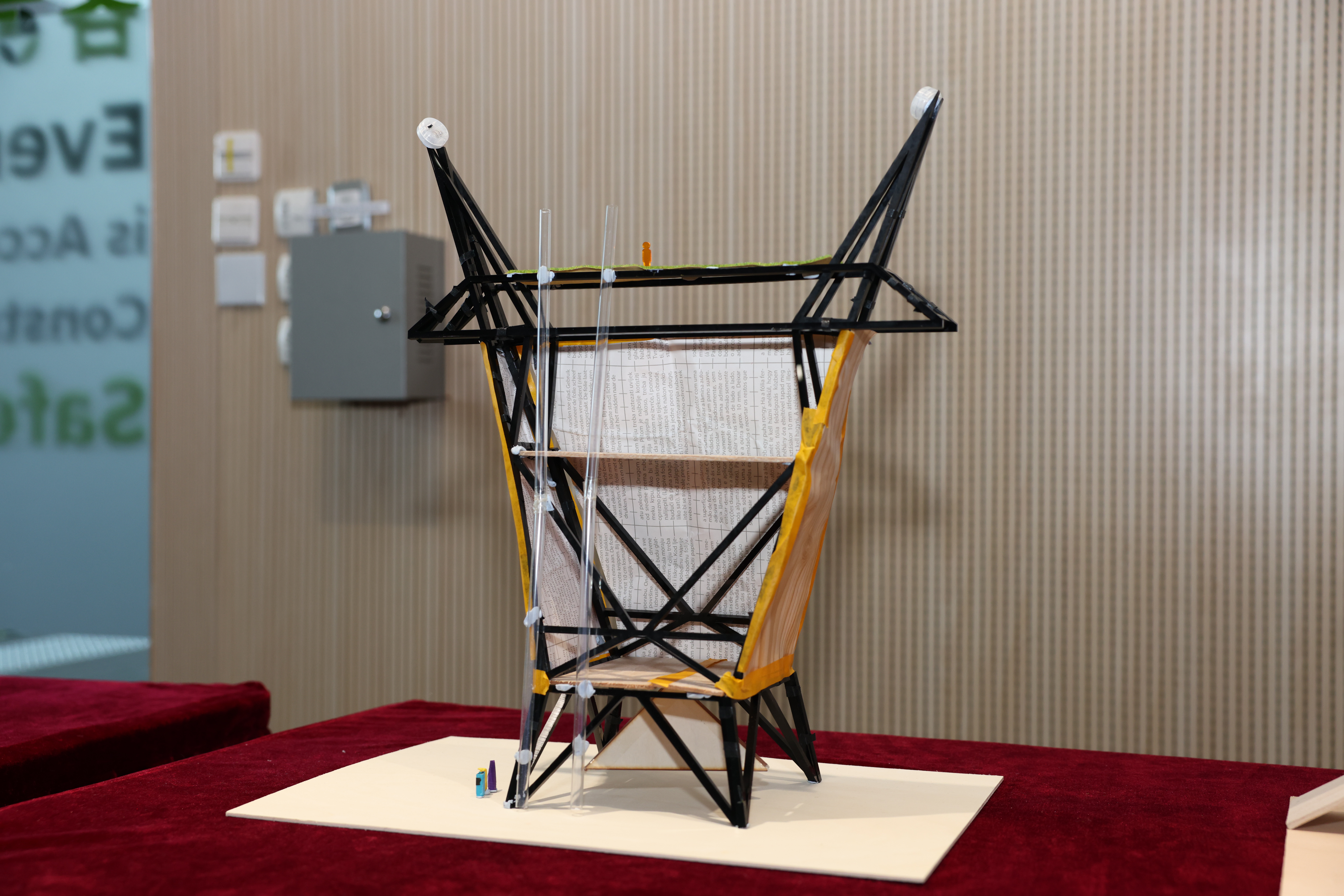
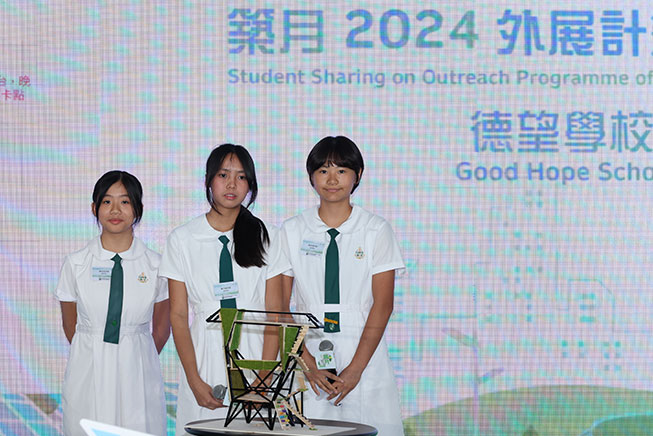
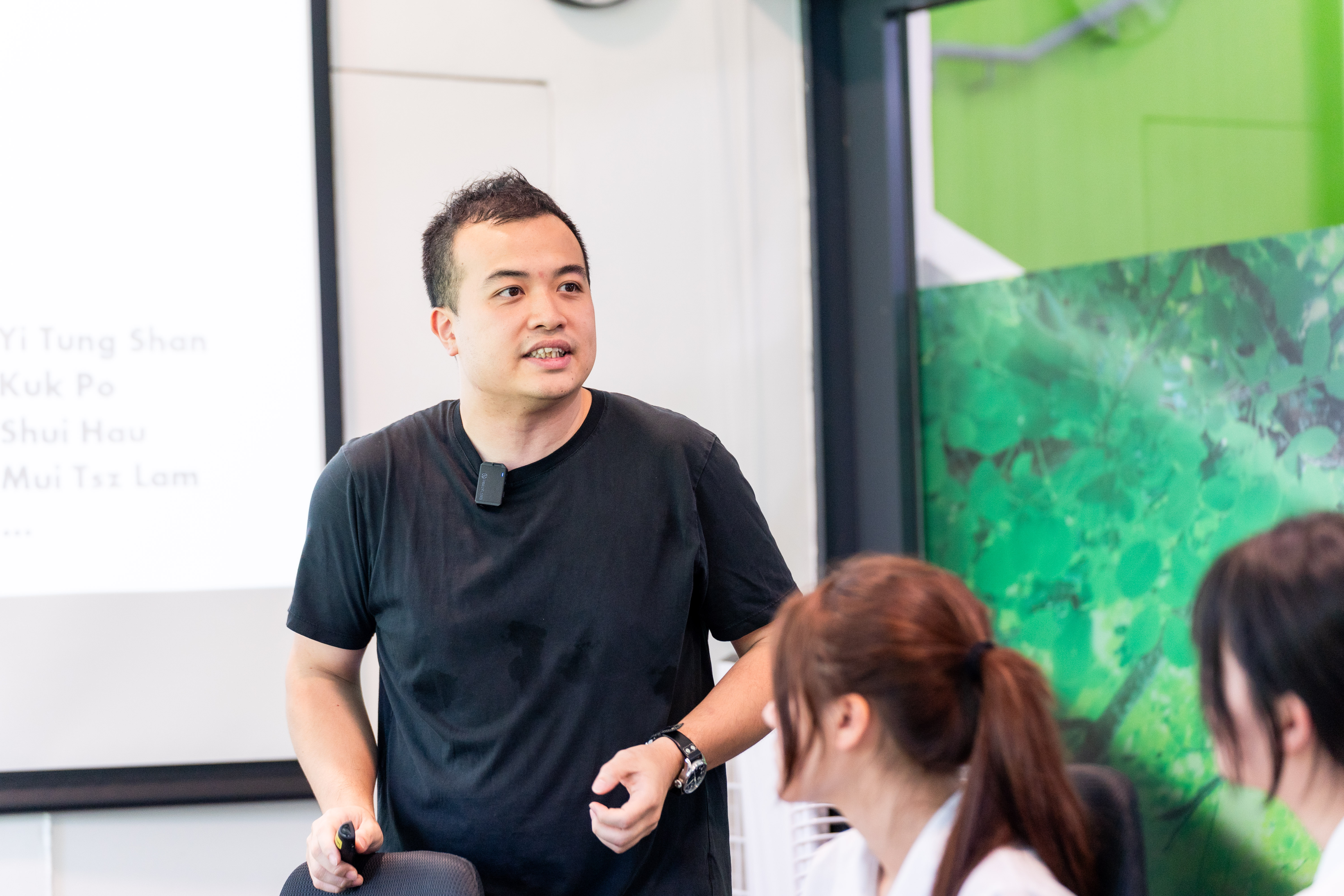
Dr. Jimmy HO, lecturer from the CUHK School of Architecture, who was the instructor in the outreach programme, “I suggested that a network of thin-metal frame structures could serve better societal, environmental and cultural functions. Electrical towers, as industrial heritage, were designed with efficient structural integrity at tactical topographical locations in most of the picturesque countryside areas. Through the lens of our future leaders, the students have successfully unleashed the redesign potential of the structures, moulded them into creative destinations for dedicated public users, whilst demonstrating how the city’s identity could be reinforced and promoted through regenerating the tangible heritage,“ said Dr HO. In the future, Dr HO hopes to advocate for developing pragmatic solutions of conservation by supporting the in-depth development of this project.
CIC-ZCP expresses gratitude to all partnering organisations supporting the Abandoned Pylons Outreach Programme, extending the concepts of sustainability from within the park to all corners of the community, and reaching different stakeholders. The revitalisation efforts are expected to commence within this year. CIC-ZCP looks forward to extending the life cycles of the abandoned pylons and continuing their service. Hopefully they will live on as proofs that sustainability concepts can be applied at different projects.